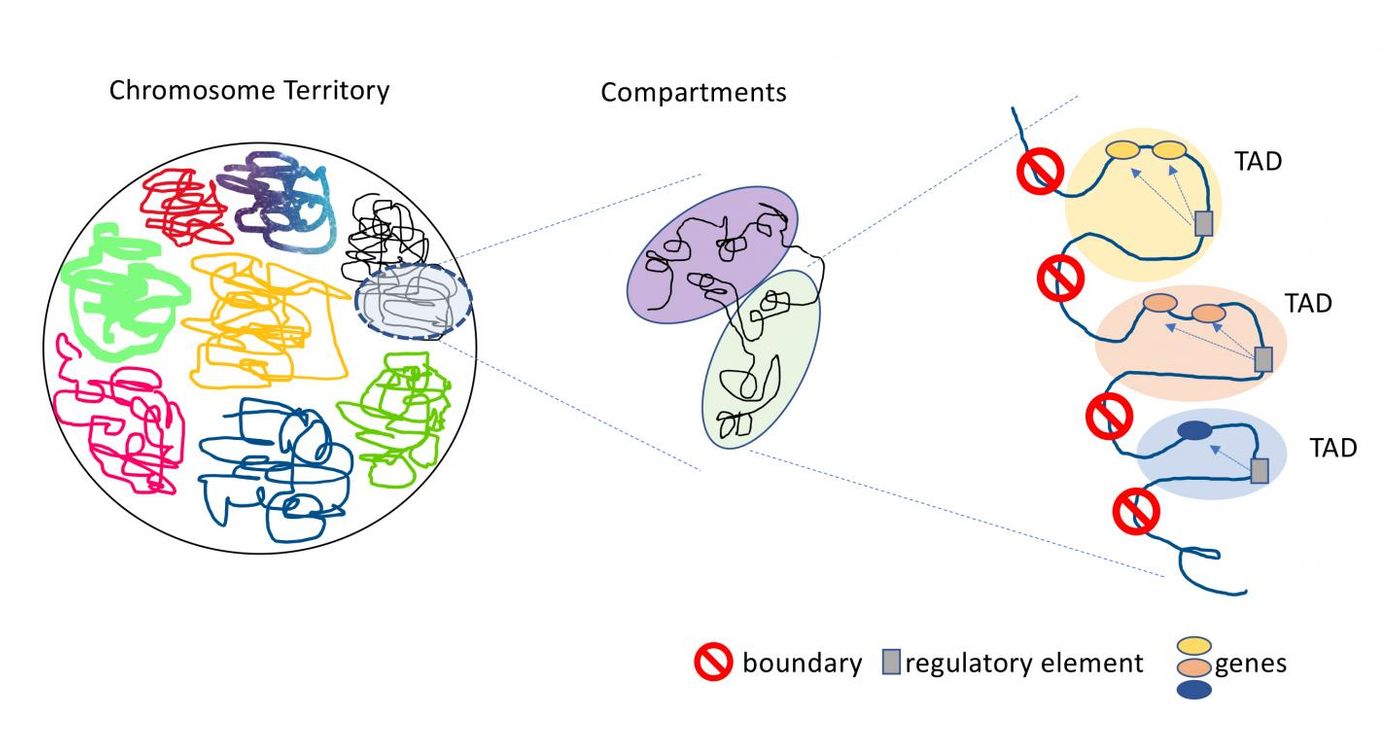Unraveling the Genetics of Schizophrenia
For decades, researchers have been investigating how genetic factors influence schizophrenia. While genes are known to be involved in the development of the disease, it has been thought small sequence variations in over a hundred places in the genome may be contributing to the disorder, along with environmental influences. Reporting in Nature Communications, researchers have now taken a slightly different approach, and used whole-genome sequencing to show that rare variants that change genetic structure may play a role.
"Our results suggest that ultra-rare structural variants that affect the boundaries of a specific genome structure increase risk for schizophrenia," Szatkiewicz said. "Alterations in these boundaries may lead to dysregulation of gene expression, and we think future mechanistic studies could determine the precise functional effects these variants have on biology."
Instead of assessing at single nucleotide polymorphisms - changes in individual base pairs or structural changes, Szatkiewicz and colleagues performed whole-genome sequencing on 1,165 schizophrenia patients and 1,000 unaffected individuals. This largest-ever schizophrenia WGS study revealed that a feature of the genome's three-dimensional architecture called topologically associated domains (TADs) are involved in schizophrenia development.
TADs are parts of the genome that can interact with itself, and there are boundaries that prevent TADs from interacting with neighboring genomic regions. If the TAD boundaries are disrupted, abnormal interactions between genes or gene regulators may occur, resulting in the aberrant expression of genes. This erroneous gene expression or regulation may have a variety of negative impacts that could result in disease.
In this work, the researchers found that people with schizophrenia have significantly more structural variants that affect TAD boundaries in the brain compared to people without schizophrenia. These so-called structural variants may involve gene sequences that are missing or duplicated, or that aren't normally found in the genome. The researchers suggested that disrupted TAD boundaries are involved in schizophrenia.
These findings open up the possibility that future studies on schizophrenia biology should consider TAD structural variants.
"A possible future investigation would be to work with patient-derived cells with these TADs-affecting mutations and figure out what exactly happened at the molecular level," said Szatkiewicz, an adjunct assistant professor of psychiatry at UNC. "In the future, we could use this information about the TAD effects to help develop drugs or precision medicine treatments that could repair disrupted TADs or affected gene expressions which may improve patient outcomes."
Learn more about identifying TADs that can influence disease from the video above, while the video below describes schizophrenia.
Sources: AAAS/Eurekalert! via University of North Carolina Health Care, Nature Communications










